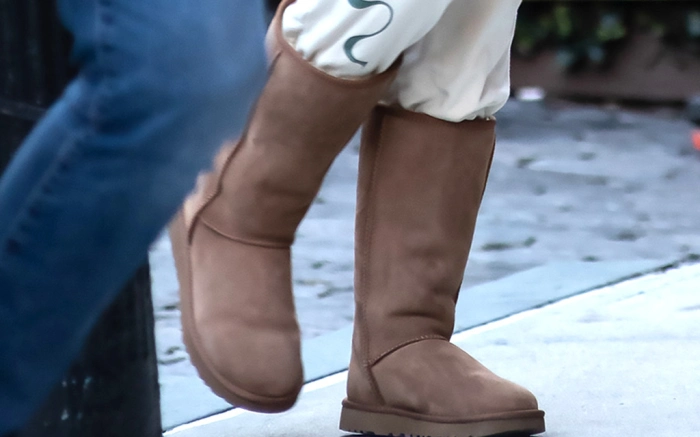52-foot-tall 'megaripples' from dinosaur-killing asteroid are hiding under Louisiana
August,14,2021
Ancient "megaripples" as tall as five-story buildings are hiding deep under Louisiana, and their unique geology indicates that they formed in the immediate aftermath of the asteroid strike that killed the nonavian dinosaurs, a new study finds.
The 52-foot-tall (16 meters) megaripples are about 5,000 feet (1,500 m) under the Iatt Lake area, in north central Louisiana, and date to the end of the Cretaceous period 66 million years ago, when that part of the state was underwater, the researchers said. The megaripples' size and orientation suggest that they formed after the giant space rock, known as the Chicxulub asteroid, slammed into the Yucatán Peninsula, leading to the Chicxulub impact tsunami, whose waves then rushed into shallower waters and created the megaripple marks on the seafloor, the researchers said.
The occurrence of "ripples of that size means something very big had to disturb the water column," study lead researcher Gary Kinsland, a professor in the School of Geosciences at the University of Louisiana at Lafayette, told Live Science. "This is just further evidence that the Chicxulub impact ended the Cretaceous period."
The project began when the energy corporation Devon Energy took a 3D seismic survey of Iatt Lake. A seismic survey entails creating loud sound waves (often made with "explosives or big thumps," Kinsland said) and placing surface detectors around the area that can capture the returning sound waves, which are reflected when they hit various underground rock layers. Data from these sound waves allow researchers to make maps of the underground geology.
Study co-researcher Kaare Egedahl, then a master's student of petroleum geology at the University of Louisiana at Lafayette, took the Devon Energy data and created a seismic image of the subterranean area. "Kaare brought it to me, and he said, 'What's this?' because it's so different than anything you would expect to see in deposits laid down by the sea or by rivers," Kinsland said. "I looked at it, and I went 'OMG.'"
Kinsland had previously studied the Chicxulub impact crater. When he looked at the seismic image, "I immediately saw the ripples, and I immediately knew the direction the water would have had to have been traveling [to create them]," he said. "And I knew that if you go backwards from that, you run right in Chicxulub."
Kinsland was able to determine the tsunami's direction because the megaripples are asymmetrical, which shows the direction the water was flowing when they were made. In this case, the long, asymmetrical side of the megaripples have a south-southeast-facing slope, which points back to the Chicxulub impact crater, he said.













